WHS ministers tasked Safe Work Australia with reviewing the engineered stone ban, which came into effect on 1 July 2024.
To support the recently released model Code of Practice for managing the risks of respirable crystalline silica in the workplace, Safe Work Australia has published resources to assist employers working with silica-containing materials.
Safe Work Australia has published a new model Code of Practice for managing risks of respirable crystalline silica in the workplace to help protect workers from silica.
The manufacture, supply, processing and installation of engineered stone benchtops, panels and slabs is banned in Australia.
This template is designed to help document details of any processing of a crystalline silica substance that is high risk, and the control measures used to manage the risks.
PCBUs intending to process a crystalline silica substance must assess and document if the processing of a crystalline silica substance is high risk, before commencing work. This template is designed to help document this assessment.
Case studies of how to assess if the processing of crystalline silica substances is high risk and examples of appropriate control measures to manage the risks.
Guidance to assist PCBUs to comply with their requirements under the WHS Regulations to maintain respiratory protective equipment (RPE) to minimise the risk of respirable crystalline silica exposure.
A checklist designed to assist PCBUs to comply with their requirements under the WHS Regulations to evaluate a respiratory protective equipment (RPE) program.
Guidance about the process for obtaining an exemption from the engineered stone prohibition to carry out work involving the manufacture, supply, processing or installation of engineered stone benchtops, panels or slabs.
Examples of permitted work with legacy engineered stone and a summary of WHS duties.
This model Code of Practice provides practical guidance on how to comply with WHS duties to manage risks of working with respirable crystalline silica in the workplace. It is primarily intended for PCBUs.
Persons carrying out a business or undertaking (PCBUs), such as employers, have a primary duty of care for the health and safety of workers and others at the workplace.
Safe Work Australia has published amendments to the model Work Health and Safety (WHS) regulations which will strengthen protections for workers at risk of exposure to silica dust across all industries, including buildin
This resource outlines what additional actions you must take if your work involving silica dust is assessed as high risk.
This resource lists what to include in a silica risk control plan.
This resource outlines how to manage the risks from silica dust by using the hierarchy of control measures.
This resource covers what you must consider to assess the risks of exposure to silica dust at your workplace.
This resource outlines work activities that can produce silica dust.
This resource defines crystalline silica and respirable crystalline silica or silica dust, including how the dust is created and silica related diseases.
Flowchart for identifying and managing risks from exposure to crystalline silica.
Where to go for more information about the engineered stone ban and your WHS obligations.
The infographic provides information about what is and isn’t included as part of the engineered stone ban.
A flowchart of the process PCBUs must follow to notify WHS regulators of work involving legacy engineered stone.
A flowchart of the process PCBUs must follow to apply for an exemption of an engineered stone product.
Safe Work Australia has published new guidance to assist persons conducting a business or undertaking (PCBUs) understand their work health and safety obligations relating to the engineered stone ban, which comes into effect on 1 July 2024.
This is the model form for PCBUs to notify the relevant WHS regulator when they intend to undertake the repair, minor modification, removal, or disposal of legacy engineered stone (permitted work with legacy engineered stone).
On Friday 10 May, WHS ministers agreed to 2 sets of amendments to the model WHS Regulations, which will help protect workers from silicosis, a lung disease caused by exposure to respirable crystalline silica.
Work health and safety (WHS) ministers have agreed to the new WEL list and a harmonised transition period ending on 30 November 2026. This change comes after extensive work and consultation to revise the Workplace exposure standards for airborne contaminants (WES).
On 22 March 2024, WHS ministers met to discuss the draft amendments to the model WHS Regulations to give effect to the engineered stone ban.
WHS ministers met today to discuss the draft amendments to the model WHS Regulations to give effect to the engineered stone ban.
Silica dust is a work health and safety hazard. It is produced when materials or products containing silica such as stone, bricks, concrete or tiles are cut, drilled, polished or ground.
This infographic outlines practical steps to manage the risks of silica dust at work.
In May 2023, Safe Work Australia commissioned the University of Adelaide to undertake a literature review and gap analysis of the scientific evidence to inform recommendations related to the three options for prohibition on the use of engineered stone in Australia.
This Decision Regulation Impact Statement (Decision RIS) provides an analysis of the impact of a prohibition on the use of engineered stone under the model WHS laws.
